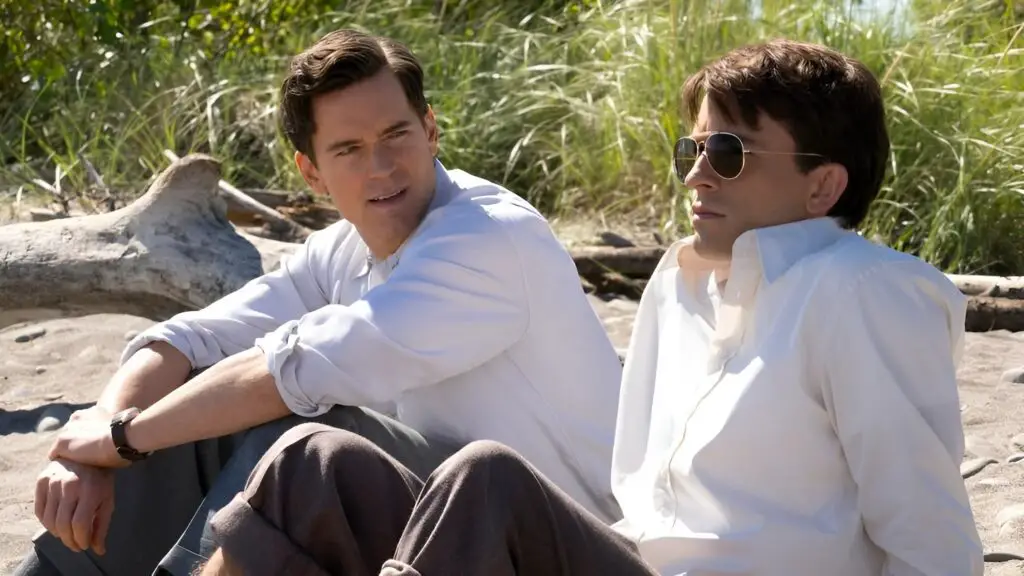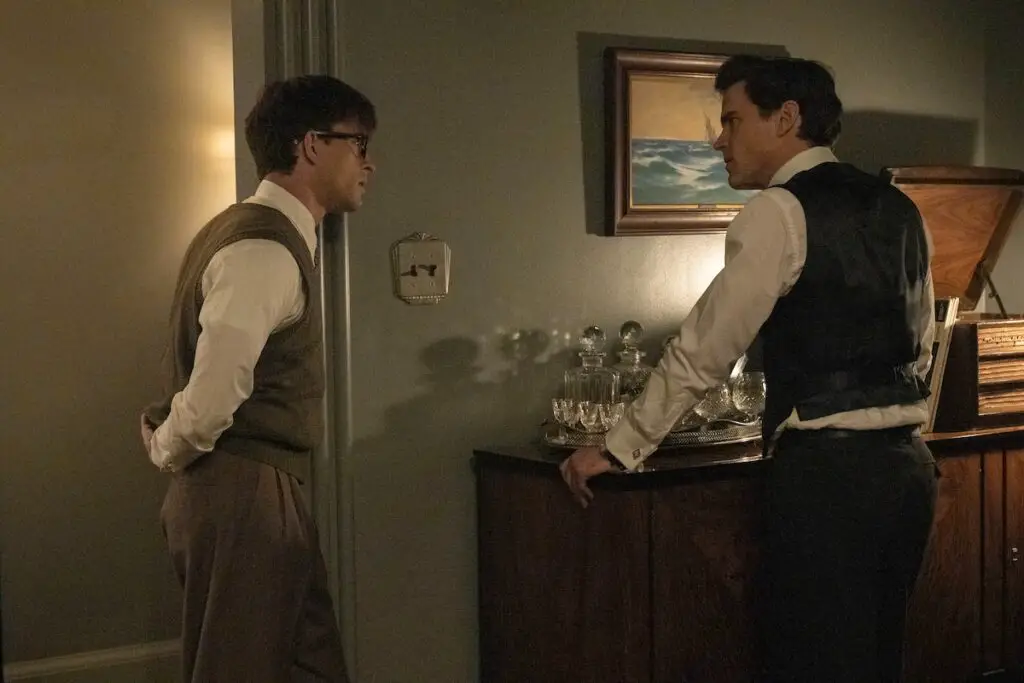The series, while not a direct recounting of true events, intertwines its fictional narrative with real historical occurrences and figures. Notably, it features characters such as Roy Cohn and Senator Joseph McCarthy, prominent figures in American history, placing its fictional characters amidst true events. This blend of fact and fiction offers viewers a unique perspective, weaving the personal struggles and societal challenges of its characters against a historically accurate backdrop.
The core of the story, the hidden romance between Hawk Fuller and Tim Laughlin, symbolizes the trials faced by closeted gay men during this era. Their need to conceal their sexual orientation for the sake of their careers within the U.S. Federal Government paints a vivid picture of the societal constraints of the time. However, these main characters are not based on specific real-life individuals, but rather are creations of the author, crafted to explore the complex dynamics of love, secrecy, and societal pressure within a specific historical context.
Historical Accuracy vs. Artistic Interpretation

“Fellow Travelers” exemplifies how a fictional narrative can be grounded in reality, using historical events as a framework for its story. The series is a television adaptation of Mallon’s novel, where the historical setting serves as more than just a backdrop; it’s a crucial element that shapes the story’s direction and the characters’ development. This approach allows the series to delve into the nuances of personal and political life in 1950s America, providing a lens through which viewers can understand the complexities of the period.
While the protagonists, Hawkins “Hawk” Fuller and Tim Laughlin, are figments of the author’s imagination, their experiences and interactions are set against a tapestry of true historical events. This mixture of fact and fiction is a common narrative device used to create a more engaging and relatable story. In the case of “Fellow Travelers,” it serves to highlight the personal and emotional aspects of living through a significant and often tumultuous period in American history.
The series, therefore, stands as a compelling example of how historical fiction can be used to explore themes and experiences that, while fictional in their specific details, resonate with the realities of a particular time and place. It offers viewers a window into a world where personal lives and historical events intersect, creating a narrative that is both informative and deeply human.


